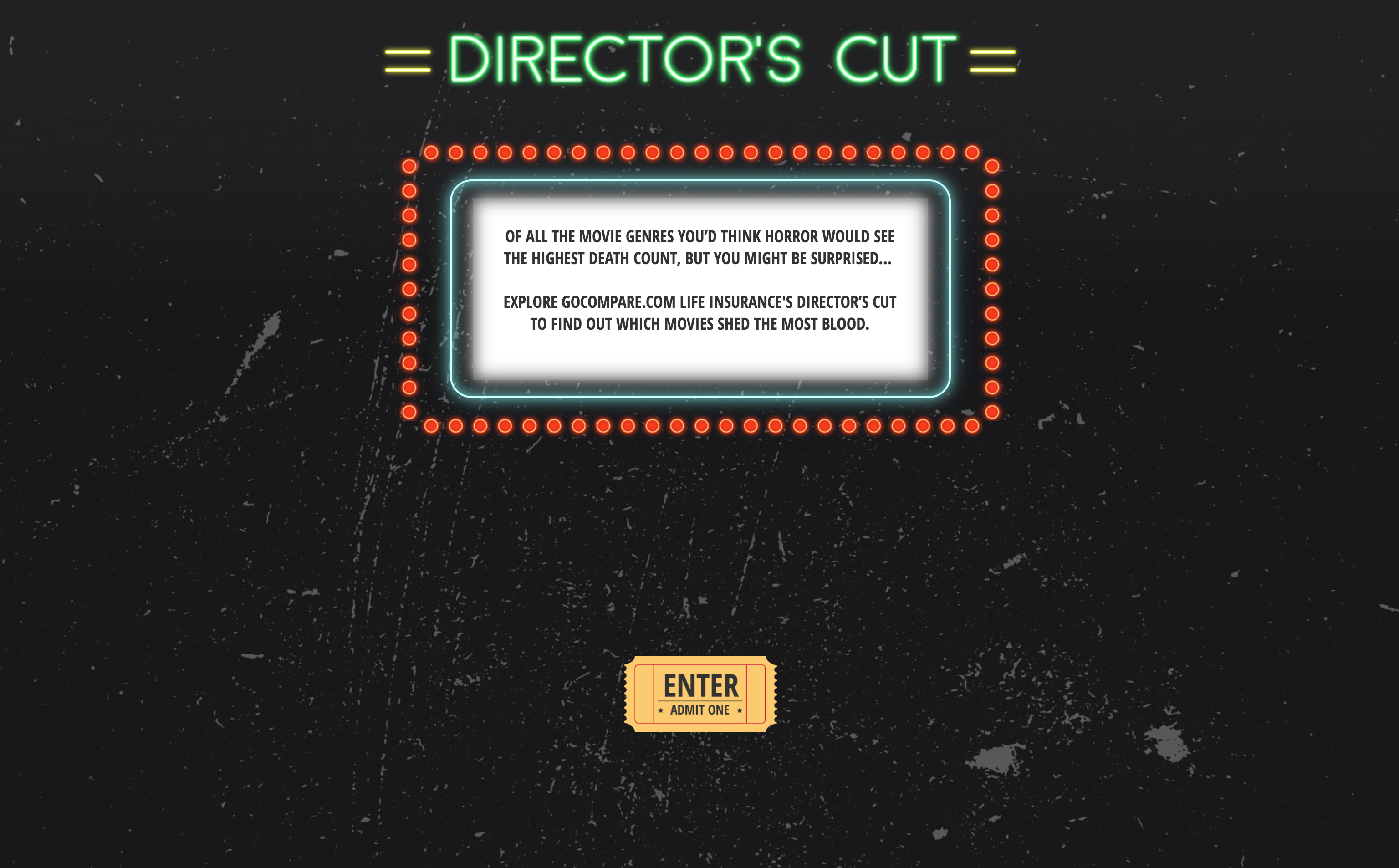Content ideation can be tough.
You often feel like you’re going round in circles trying to come up with that next big idea.
One of the most difficult things to overcome during the ideation process, however, is being over critical too early on.
Don’t put limits on your final creative output by dismissing an idea before you’ve developed it as far as it can go.
Work in whichever way delivers the best ideas for you as an individual or as a team and ensure you’re armed with at least half a dozen, ideally 10 or so, near-finished ideas before trying to refine that into one great concept for your next content campaign.
With that in mind, however, how should you go about whittling down ideas?
What’s the process to throw out the poorer ideas, keep the best, and ensure that there’s at least a strong chance of seeing success from the campaign?
Here are five questions to ask yourself when analyzing your content marketing ideas.
By asking these about each potential content concept, you’ll quickly see which ideas stand out from the others and which stand to perform better in terms of earning links and coverage.
1. What Is The Hook? Why Will Anyone Care?
Perhaps the first thing to ask about any potential piece of content is why will anyone care about what it is you’re creating?
What’s the hook? Why are you creating this piece now and not six months ago? Or in six months time?
While you can gain traction with certain evergreen topics, you stand a far greater chance of earning top-tier coverage and links if you’re able to provide a reason as to why a given publication should cover your content now.
If you’re unable to answer this yourself, how can you expect a journalist or blogger to be able to spot the hook?
This is typically one thing which you’ll be pushing out in your outreach emails so it’s better to establish early on whether you actually have a reason for pushing out the content.
How Can You Find A Suitable Hook?
Struggling to find a hook?
Next time, consider working this element into the early phase of ideation.
Try starting your ideation process with scanning the web for hooks and develop ideas from where.
What could you do around a particular event of interest to the media?
Great examples include:
- Movie releases
- Celebrity announcements
- Sporting events
- Holidays (Christmas, Easter, etc.)
- Days of the year
- A local story
- Hot topics (e.g., Bitcoin)
If you can’t find a hook, is the concept really as strong as you think it is?
There’s tough competition for editorial coverage of features so maybe it’s time go back to the drawing board.
2. Can You Explain the Story in a Few Sentences?
If you can’t explain the story or stories which can be pulled from your idea in a few sentences; there’s a good chance that it’s either too complex or one doesn’t actually exist.
Don’t forget that, especially when it comes to top-tier newspapers and publications, journalists cover stories, not content.
This means that you need to know the story for any idea; given that it’ll be this which you’re pushing in your outreach emails.
The story is typically what a reader can expect to take away from reading an article which covers your piece of content. It’s what journalists will base their decision on, as to whether to respond to your pitch.
To run the story test on any given idea: it’s simply a case of spending a few moments seeing whether you can explain this to others. Those team members in your office who aren’t actively involved in ideation are the best people to try this out on.
Can you tell them, in less than 15 seconds, what they’ll take away from the finished content?
The Stories of 4 Popular Content Campaigns
A few sample stories from popular content campaigns from the past few years include:
Director’s Cut – GoCompare
Which movie has seen the most on-screen deaths of all time?
 You vs The Kardashians – Missy Empire
You vs The Kardashians – Missy Empire
How long would it take The Kardashians to earn your annual salary?
 The Best Commuter Hotspots – Totally Money
The Best Commuter Hotspots – Totally Money
Which is the best location outside of London for commuting to the capital?
 Photos Of Instagram – Cewe Photoworld
Photos Of Instagram – Cewe Photoworld
How far would all of the photos uploaded to Instagram in a year reach if you printed them?

Take the time to get the story accurate but it’s a great test when trying to refine ideas to double check that there actually is one and that it sits well alongside the hook.
Test the story out on a few others; outline the concept to them and note their reaction.
Do they seem interested? Do they want to know more?
3. Is It Unique? Does It Add Anything New To A Topic?
Some of the more established SEO professionals will tell you that you should validate your content ideas by looking at whether journalists and bloggers have previously covered the topic – and, if so, whether the content earned any links.
While, in theory, this is correct, the principle has become somewhat twisted over time.
Certain approaches to earning links through content suggest that you can simply take a piece of content that has performed well, make it better (supposedly enhance the design or make it longer?!), and reach out to those who linked to the original piece and ask them to change the link to your, superior, piece.
If only!
Have you ever tried this with a publication that isn’t a blog? You’re wasting your time.
No One Wants to Cover Old News
No one wants to cover something which has been done before; it’s old news.
Similarly, journalists at top-tier publications simply don’t have the time to go back into articles from a year ago and update a link. That’s not really their job.
Do they care where a link points to 12 months down the line? Probably not. The link will have made sense at the time and that’s likely their only concern.
On the other hand, you absolutely should use content which has previously performed well as a way to validate your own ideas.
That doesn’t mean copy a concept like for like; rather gauge the potential for an idea through something similar.
Always ask yourself whether your content is unique and whether it adds anything new to a topic which has previously been covered. If it does, you’re probably onto a winner.
If not, don’t despair (yet)! You simply need to work out a way to add value to the topic rather than simply doing something that someone else has done before.
A few great ways to add value or something new to a previously covered topic includes:
- Updating outdated information with current data.
- Challenge the topic with fresh research.
- Interpreting data in a new way to produce a fresh story.
- Allow readers to compare themselves to a dataset.
Spend time on this stage. If you’re not adding anything new, why would a journalist cover your story?
Focus on adding value to publications. Push out new ideas whenever possible.
However, if you feel the need to cover something that has been done to death, at least make sure you can shine a different light onto the topic and stand out from the crowd.
4. Can a Journalist or Blogger Do It Themselves?
This is perhaps the biggie, while a simple question to answer.
If a journalist or blogger could create the same, or similar, content to which you’re pitching themselves, in a similar timeframe to what it’d take to cover your piece, they probably will do. Without crediting you as the source.
If you’re trying to earn coverage and links using listicles, you probably won’t see much success.
Similarly, opinion pieces or simple how-tos are also fairly ineffective.
Why?
Because a publisher can create such content themselves. It doesn’t take too long for someone fairly knowledgeable on a topic to research a listicle or write their thoughts on something.
If your goal is to earn coverage through anything other than sponsored content or guest blog posts, you need to take the time to pitch something that cannot be done internally by a newspaper or magazine in a reasonable timeframe.
Ask yourself what makes it difficult for them to do this? Why would it be easier and quicker for them to simply base their story on your content?
Content Formats Publishers Struggle to Produce Internally
Common formats or types of content which typically work well due to the fact that they’re difficult or time-consuming to replicate include:
- Interactive tools
- Survey results
- Infographics
- Analyzed open source data
There are plenty more content types, but it’s all about asking yourself how easy it is for someone else to do exactly what you plan to do when developing a content asset.
5. Is It Linkable?
While this isn’t necessarily the be all, end all of campaign success, if you’re creating content solely as a way to earn links to support an SEO campaign, there’s a good chance you’re not really going to be too keen on seeing a slew of unlinked brand mentions within articles covering the story.
Journalists and bloggers are becoming increasingly wary of linking out to content due to fears of Google penalties. They often don’t link out unless they really need to. Some will still do so happily, others won’t.
You need links to rank, that’s a fact.
And top-tier links can do wonders for your search positions.
Does your story still make sense if the publisher fails to link to you?
If it does, you’re probably going to see at least a percentage of any top-tier publishers who cover the content mention the brand but not link.
On the other hand, if their story makes no sense without the link, you’re almost guaranteed to get it.
What Content Formats Almost Guarantee a Link?
The types of content which are typically linkable, almost always requiring the link for the story to make sense, include:
- Interactive tools
- Datasets (either your own data or those of others who you’ve re-interpreted in a new way)
Always ask yourself why a journalist would want to link. While many will do so as a “thank you” for providing the story, it isn’t a given – and they certainly aren’t expected to as default.
Concentrate on creating content which needs the link and you’ll start to see a much lower level of unlinked brand mentions driven from your campaigns.
Conclusion
Assessing your own content ideas is one of the hardest things you can do.
However, by running each one through just five fairly simple questions, you can get at least an indication as to the strength of a concept and whether it’s worth pushing to the next level to develop into a finished piece.
More Content Marketing Resources:
- 3 Ways to Make Your Content Stand Out
- 4 Ways to Generate Fresh Ideas for Blog Posts
- 9 Types of Content That Will Always Fail
Image Credits
All screenshots taken by author, December 2017





